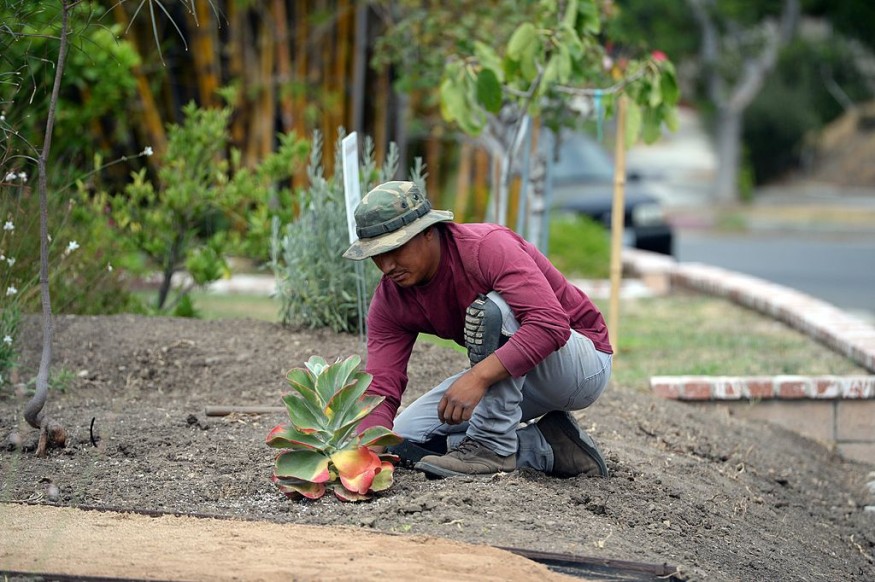
Gardeners are urged to upload photos of rare plants to an app for identification, according to experts from the Royal Horticultural Society in the UK.
Scientists can't just wander into people's gardens, however, private home gardens in the UK might represent an underutilized source of scientific inquiry, claimed the RHS's newest ecologist.
Identifying Rare Plants
Gemma Golding, who joined the charity's staff late last year, prefers that gardeners seek out intriguing species and report them to the iNaturalist app so that researchers can examine them.
This is so that what might be considered a weed could actually be a rare plant or something that has never been observed before growing in a peculiar location.
The organization announced last year that it would no longer classify slugs and snails as pests, changing its attitude toward previously unwanted intrusions to the garden.
The most frequently complained-about garden visitor, according to Britain's top gardening charity, should be viewed as an integral component of the garden ecosystem.
At Wisley in Surrey, where the RHS has been using the technique in its own gardens, a recently discovered, nationally rare wood cricket was discovered by the river.
There are specific plants at Rosemoor in Devon where the endangered silver-washed fritillary butterfly has been found.
Discoveries in the Backyard
Jennifer Owen, an ecologist who spent 30 years mapping 2,673 different flora and fauna species in her Leicester urban garden, including 474 plants, 80 different types of spiders, and 445 moths, served as an inspiration for Golding.
In backyard gardens, Golding categorically advises taking photos of novel and unexpected plants, sometimes referred to as weeds.
She also advised sending in a photo so that her team could identify it.
According to Golding, once the plants have been identified, it will be possible to determine whether they are significant or even rarer.
Animals Too
Animals and other wildlife in gardens are of interest to scientists.
As Golding noted, it is improper and unlawful to simply enter private properties and conduct surveys, so this kind of research is crucial.
Learning more about the garden's ecology, according to Golding, also benefits the garden's owner.
People who have a lot of snails and slugs, for instance, have some ecosystem imbalance.
In recent years, Golding has observed that people have become more observant and accepting of nature, such as those with nest cameras to observe birds, The Guardian reported.
According to iNaturalist, every observation, from the most uncommon butterfly and insects to the most common backyard weed, can advance our understanding of biodiversity.
To assist scientists in locating and utilizing the data they require, the app shares the results with scientific data repositories.
Critically Endangered Orchid in Philippine Backyard
Finding rare plants in the backyard is not far-fetched.
Two wildlife biologists discovered a lady's slipper orchid, also known as Pahiopedilum haynaldianum, in a community garden in a village close to a forest in the Republic of the Philippines' Mount Busa Key Biodiversity Area in 2021.
According to the Manila Bulletin, a local saved the orchid from a downed tree in the forest.
Kier Pitogo, a Protected Area Management Office resident wildlife biologist from the Allah Valley Watershed Forest Reserve, said that the locals were unsure what the flower looked like until the orchid bloomed because it was not flowering at the time.
Related Article : Rare Oregon Wildflower Might be Listed as 'Endangered' Within 12 Months
© 2025 NatureWorldNews.com All rights reserved. Do not reproduce without permission.





